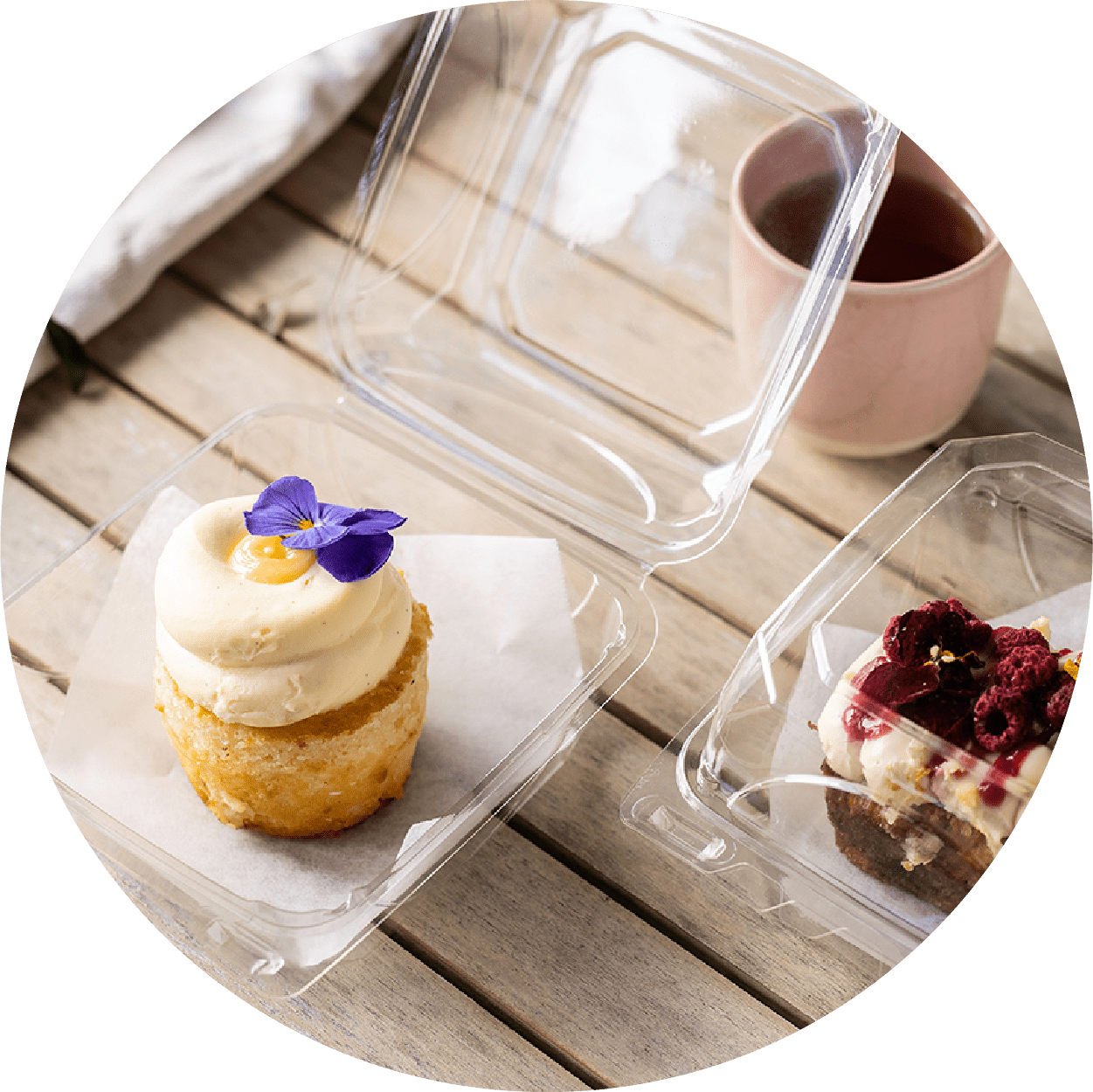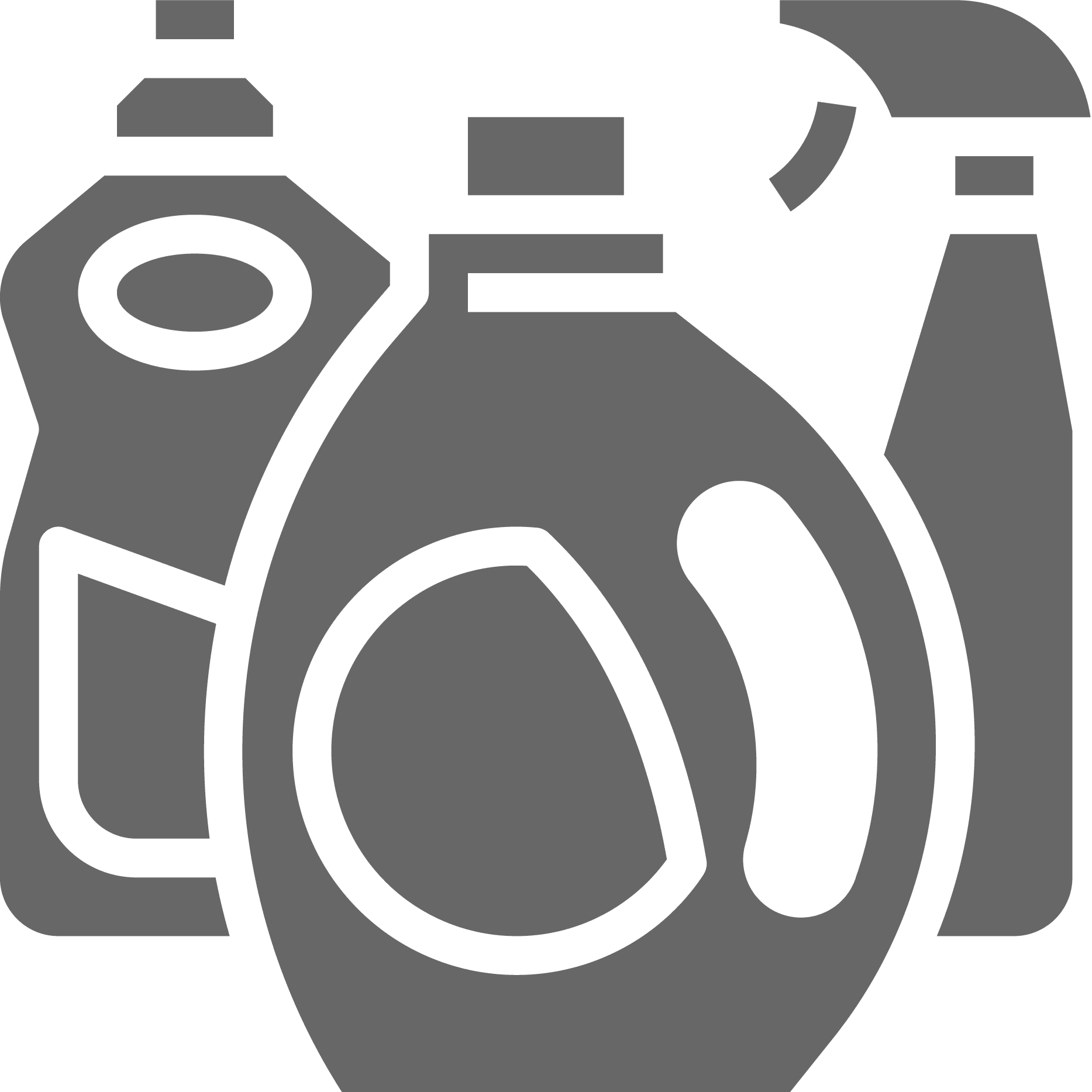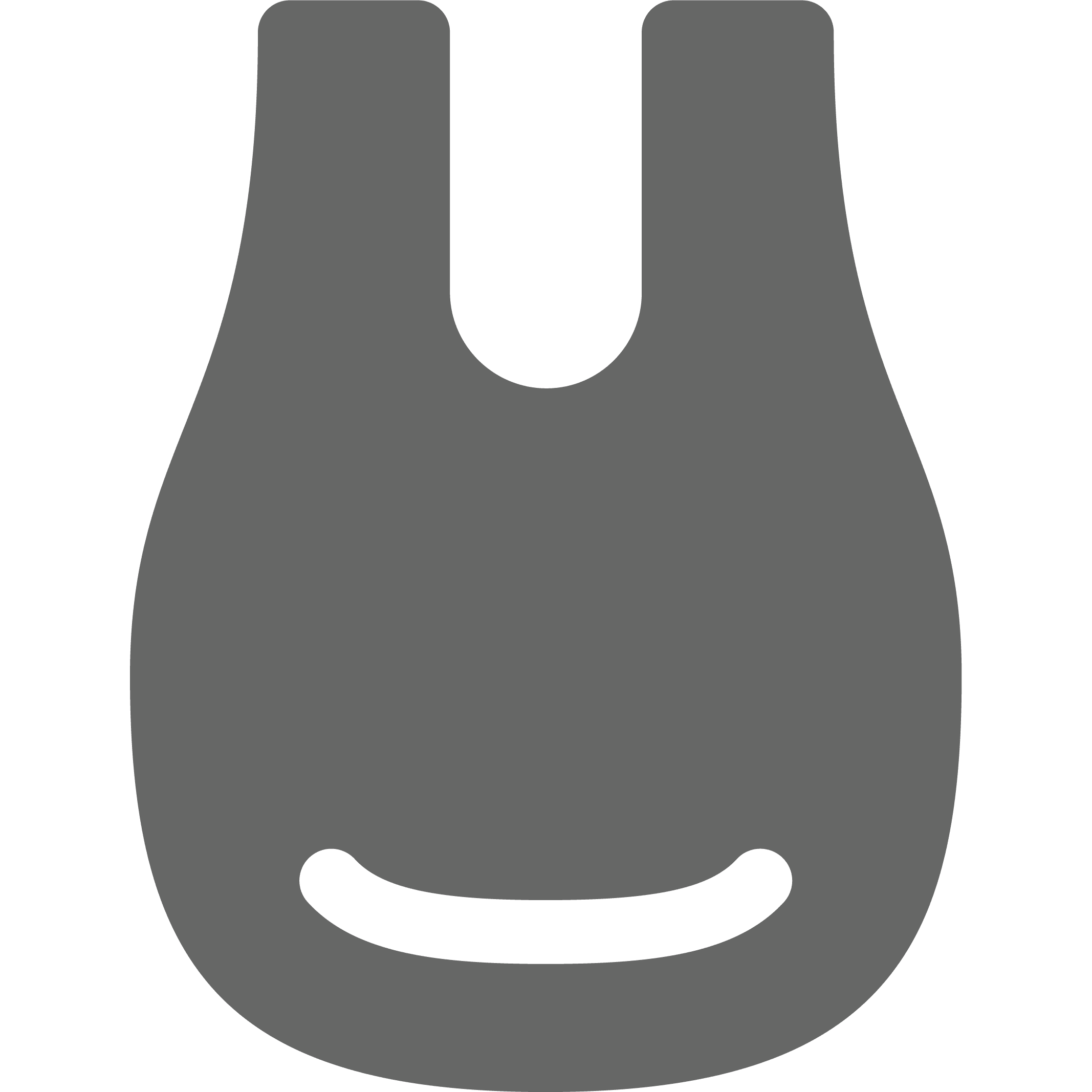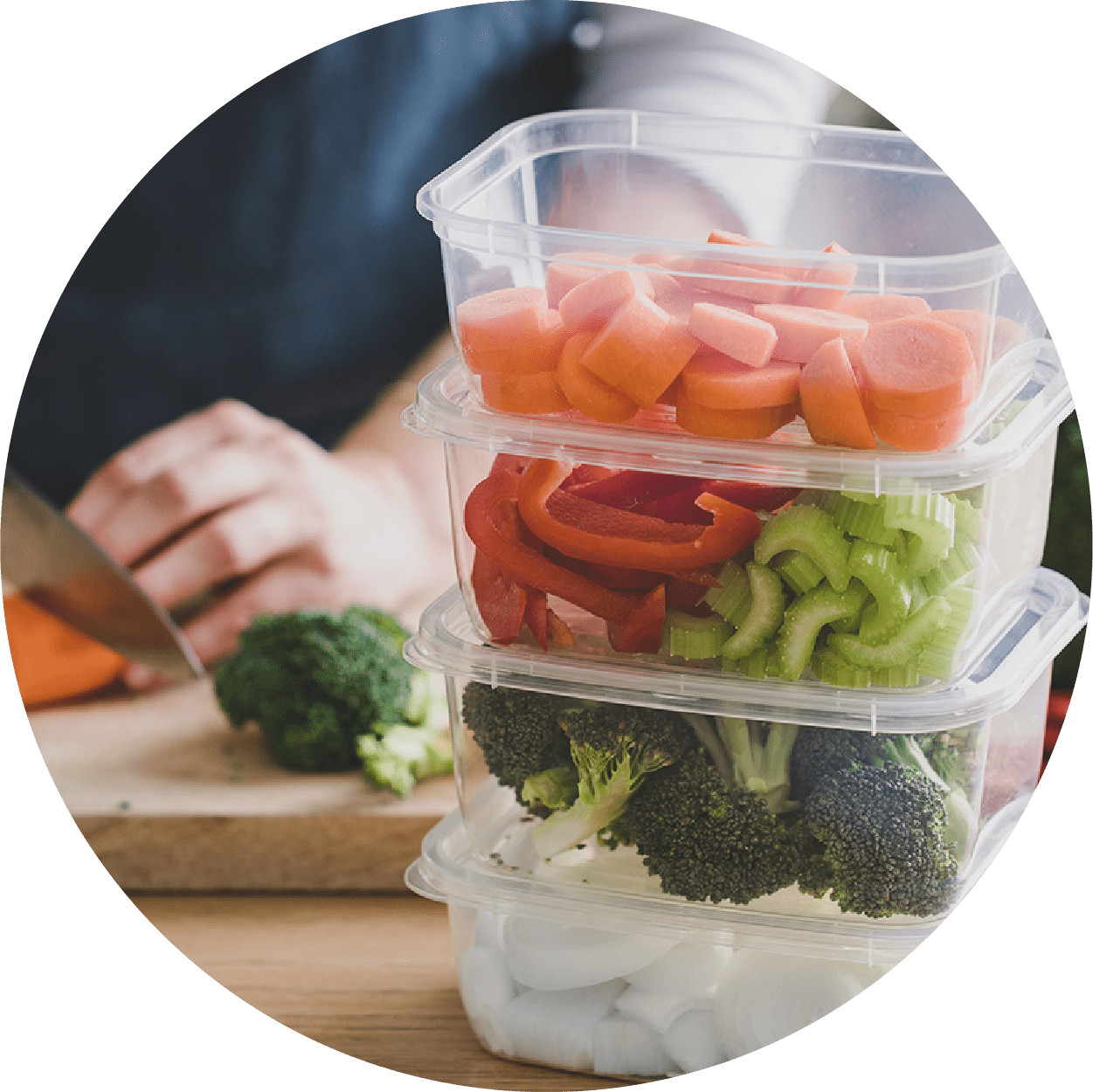Understand codes on plastics and their role in improving the recycling of packaging
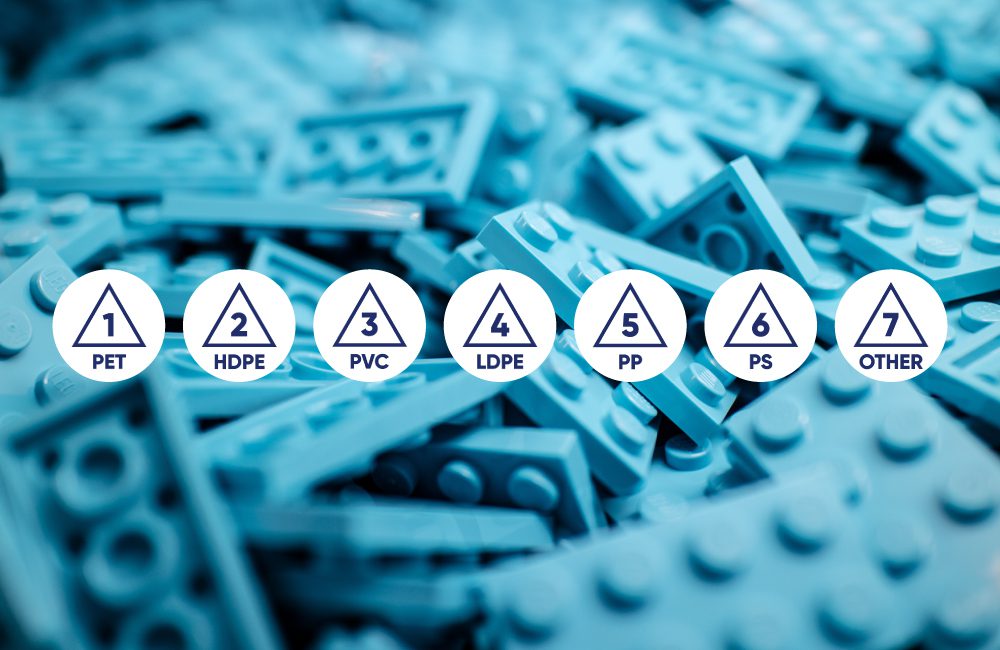
In our efforts to continue to provide information and guidance on improving the environmental impact of packaging, here is an article focusing on one of the six main reasons that were found to inhibit the recycling of plastics in New Zealand¹: Plastic confusion (namely, not knowing whether a plastic is recyclable or not).
A whopping 38% of the plastic bottles and containers that could be recycled are not placed in recycling bins, and ultimately end up in landfill. That is 2678 tonnes that could be recycled if they are disposed of correctly¹. Just a reminder that 100% of Bonson’s products can be reused or recovered – via composting or recycling, so we strongly encourage you to do the right thing and help spread this awareness amongst your customers.
Read on to find out what you can do to play a part in increasing the amount of readily recyclable packaging that ends up in the right bin… thereby avoiding landfill.
Why the confusion and how did the current situation unfold?
Effective plastic recycling relies on sorting materials well at the recovery and recycling facilities. Plastics must be grouped together according to shared properties so that the value of the recycled material is retained.
In 1988, the Society of the Plastic Industry originally developed the plastic resin identification coding system (RIC) to help the industry identify, sort and separate packaging based on their resin type at the material recovery and recycling facilities. The codes consist of a resin number (1-7) inside a triangle formed by chasing arrows.
As public awareness on environmental sustainability grows, many have associated the “chasing arrow” triangle with recyclable, made from recycled material, or similar. Although the RIC was not intended to be an identification for recyclability, this often causes consumer confusion when interpreting the labels on packaging.
Bonson is adapting to the new RIC system as specified by ASTM D7611 as our effort to reduce consumer confusion on product labellings. The new system will see the plastic identification icons shift from using chasing arrows to solid triangles instead.
Research conducted by the TAO Forum in 2018 found that only 40% of the population correctly understands what the plastic code symbols mean¹.
Key to recycling improvements lies in handling the codes correctly
You will often find the plastic RIC labelled on your packaging items. Bonson ensures that the RIC appears on all its packaging products (including the outer packaging used to store our products).
To help you source the right packaging solution for your products or know the right way to treat plastic items after their initial use, you can use the information below about RIC codes. These simple things are what it takes to make a difference in environmental sustainability – your decisions count.
Part one of understanding codes is having a handy reference table to learn what each code means and gain general knowledge about the differences between plastics. See below.
Part two, however, is more important for shaping everyone’s behaviour… a reference for local council information on which codes they do or do not collect. This understanding will help reduce the amount of re-sorting that needs to happen at the facilities, as well as encourage more people to place the right kind of packaging in recycling bins rather than general rubbish. For example, research showed that 19% of drink bottles made from plastic #1 are going to landfill because they were not placed in recycling bins (that’s an estimated 68 million bottles per annum)¹.
When you click on the button below about council kerbside collections, it will take you to a map that highlights which codes are collected for recycling in which areas of New Zealand. In addition, this invaluable reference provides links to every council around the country for people to check on the specific services available for each area. As efforts ramp up around finding more ways to separate out and bale plastics in a way that can be recycled more effectively (including increasing onshore recycling), it is an evolving situation and does rely on everyone continuing to refer to the latest updates on each council website.
The plastic resin identification code (RIC) guide
| TYPE OF PLASTIC | GENERAL PROPERTIES | COMMON USES | RECYCLABILITY |
| PET / PETE Polyethylene Terephthalate |
Clear and optically smooth, lightweight, resists high impact, resists water, oxygen, carbon dioxide, and most solvents.
Poses a low risk of leaching. |
Soft drink and water bottles, salad domes, biscuit trays, salad dressing and peanut butter containers, fleece clothing and geo-textiles.
Bonson’s PET range is RePlay (made from recycled PET). Other ranges also include some PET products (mainly lids). |
Widely accepted by NZ kerbside collections and sorted for recycling.
PET has a high recycling value with onshore and international reprocessing capabilities. |
| HDPE High Density Polyethylene |
Defined by a density of greater than or equal to 0.941 g/cm3.
Stiff and strong, lightweight, resistant to chemicals and moisture, waxy surface, opaque, easily coloured and processed. Poses a low risk of leaching. |
Crinkley shopping bags, freezer bags, milk bottles, ice cream containers, juice bottles, shampoo, chemical and detergent bottles, buckets, rigid agricultural pipe, milk crates
|
Widely accepted by NZ kerbside collections and sorted for recycling.
HDPE has a high recycling value with onshore and international reprocessing capabilities. |
| PVC Polyvinyl Chloride ———————- Unplasticised Polyvinyl Chloride (PVC-U) ———————- Plasticised Polyvinyl Chloride (PVC-P) |
PVC can be either a hard and rigid plastic or flexible and elastic plastic.
———————————————————————- ———————————————————————- |
*PVC consists of chlorine so should never be burnt as this can cause leaching of harmful toxins. —————————————————————– Cosmetic containers, electrical conduit, plumbing pipes and fittings, blister packs, wall cladding, roof sheeting, bottles —————————————————————– Garden hose, shoe soles, cable sheathing, blood bags and tubing, watch straps, commercial cling wrap  |
Not often accepted by NZ kerbside collections, most likely diverted to landfill.
PVC can be complicated and costly to recycle with a relatively limited market. |
| LDPE Low-density Polyethylene – LLDPE Linear low density Polyethylene |
Defined by a density range of 0.910 – 0.940 g/cm3.
Low tensile strength and high ductility, translucent, scratches easily, resists acids, alkalis and oils, high heat resilience. Poses a low risk of leaching. |
Primarily used in film applications where heat sealing is needed, also used in rigid applications:
Cling wrap, rubbish bags, squeeze bottles, black irrigation tube, black mulch film, rubbish bins, shrink wrap
|
Possible to recycle through soft plastic recycling schemes in some regions.
The more flexible LDPE products tend to be difficult to sort. They are often collected separately at stores and supermarkets through recycling schemes. |
| PP Polypropylene |
Semi-rigid, lightweight, high optical clarity, low moisture vapour penetration, inert towards acids, alkalis and most solvents, good fatigue resistance, integral hinge property, good heat resistance. Floats on water.
Has properties between that of LDPE and HDPE. Generally considered to be one of the safer and most versatile plastics available.
|
Hard containers, medicine bottles, takeaway containers, ice cream tubs, potato chip bags, straws, microwave dishes, kettles, garden furniture, automotive parts.
Click here to view Bonson’s ranges of PP products. |
Widely accepted by NZ kerbside collections and sorted for recycling.
PP is considered easily recycled. Development is underway to increase onshore recycling capabilities for PP in NZ. |
| PS Polystyrene |
Clear and colourless, rigid, brittle, semi-tough, good electrical conductivity, low thermal conductivity. Great short shelf life moisture barrier with poor chemical and UV resistance.
Evidence suggests polystyrene can leach potential toxins into foods. |
CD cases, plastic cutlery, imitation ‘crystal glassware’, low-cost brittle toys, video cases, water station cup, safety helmets
|
Not often accepted by NZ kerbside collections, most likely diverted to landfill.
PS is not easily recycled with a relatively limited market. |
| EPS Expanded Polystyrene |
Foamed, lightweight, energy absorbing, heat insulating. | Foamed polystyrene hot drink cups, hamburger take-away clamshells, foamed meat trays, protective packaging for fragile items, insulation, insulation panels
Note: Most EPS food packaging is now widely banned in Australasia.
|
Possible to recycle through industry recycling schemes.
Although not often accepted for kerbside recycling, there are EPS recycling schemes in place with certain drop-off points across NZ. |
| OTHER All other plastics |
This category includes all other resins that don’t fit into the main 1-6 types.
Letters below indicate ISO code for plastic type including SAN (styrene, acrylonitrile), ABS (Acrylonitrile butadiene styrene), PC (polycarbonate), Nylon, degradable plastic e.g. PLA. Material properties are dependent on resins or combination of resins. |
Packaging, car parts, appliance parts, computers, electronics, water cooler bottles, metal devices
|
Not often accepted by NZ kerbside collections, most likely diverted to landfill.
Most type 7 plastics will not be recycled even if collected. They may contaminate recycling streams. |
References:
- WasteMINZ. (n.d.). The Truth about Plastic Recycling in Aotearoa New Zealand in 2020. https://www.wasteminz.org.nz/wp-content/uploads/2020/01/The-Truth-about-Plastic-Recycling-report.pdf
- AZO Materials. (2008, October 23). Plastic Recycling Codes Explained, Types of Plastic and the Applications of Recycled Plastics. https://www.azom.com/article.aspx?ArticleID=4425
- ISM Waste & Recycling. (2021, April 15). What Do the Different Plastic Recycling Symbols Mean?. https://ismwaste.co.uk/help/seven-different-plastic-types
- ChemicalSafetyFacts.org. (n.d.). Types of Plastic Food Packaging and Safety: A Close-Up Look. https://www.chemicalsafetyfacts.org/types-plastic-food-packaging-safety-close-look/
- Recycle.co.nz. (n.d.). Identifying Recyclable Resources. https://www.recycle.co.nz/symbols.php
- Methods. (2021, July 4). Recycling By Numbers – What Plastic Codes Mean. https://methodrecycling.com/nz/journal/plastic-codes
- Make the Most of Waste (n.d.). Plastic Waste. https://www.makethemostofwaste.co.nz/zero-waste/plastic-waste/
- Ministry for the Environment. (2020, August). Reducing the impact of plastic on our environment – moving away from hard-to-recycle and single-use items. https://environment.govt.nz/publications/reducing-the-impact-of-plastic-on-our-environment-moving-away-from-hard-to-recycle-and-single-use-items/
- PNZ. (n.d.). EPS Recycling #6. https://www.plastics.org.nz/environment/recycling-disposal/eps-recycling


